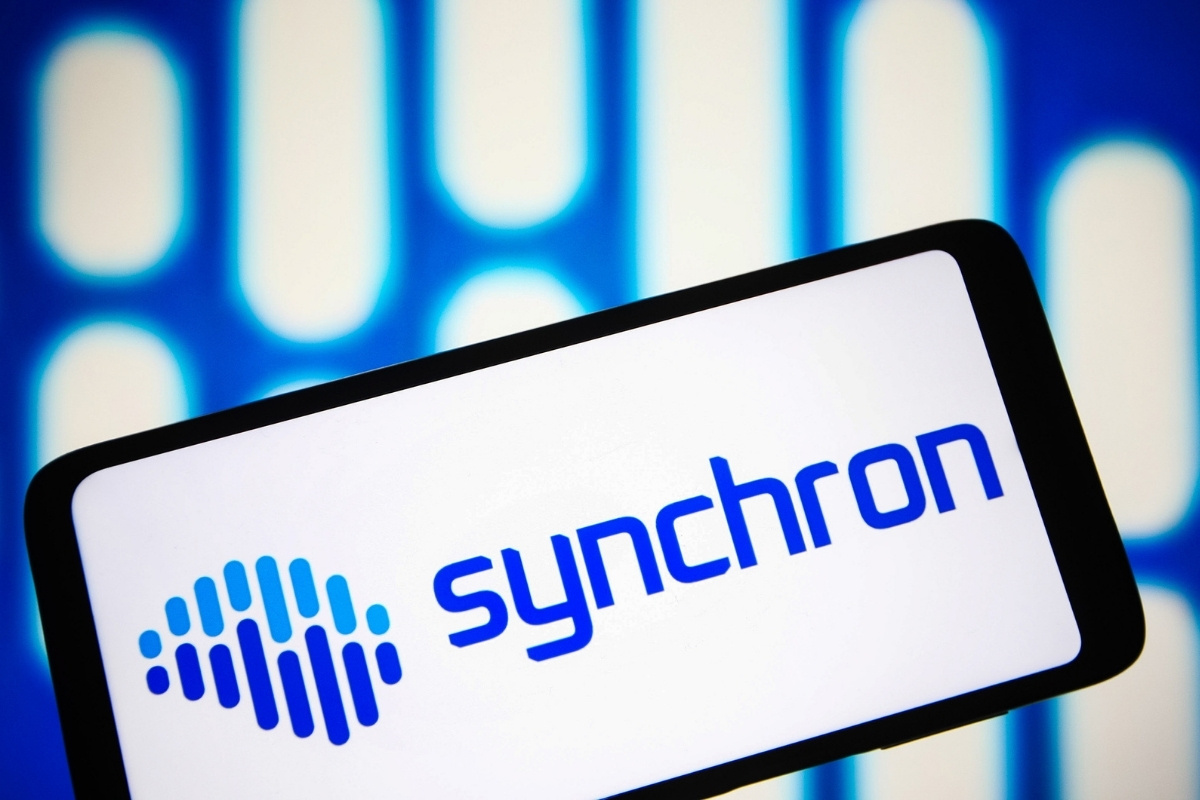
Synchron is a groundbreaking company in the field of neurotechnology, aiming to bridge the gap between the human brain and digital devices. Founded in 2016, this innovative firm focuses on developing brain-computer interfaces (BCIs) that can help people with severe paralysis regain control over their digital lives. Synchron's flagship product, the Stentrode, is a minimally invasive device implanted via blood vessels, making it a safer alternative to traditional brain implants. This technology has the potential to revolutionize how we interact with computers, offering new hope for those with neurological conditions. With a team of experts in neuroscience, engineering, and medicine, Synchron is at the forefront of a new era in medical technology.
What is Synchron?
Synchron is a company at the forefront of brain-computer interface (BCI) technology. Their mission is to develop innovative solutions that help people with severe paralysis regain independence. Here are some fascinating facts about Synchron.
-
Founded in 2016: Synchron was established by Dr. Thomas Oxley, a neurointerventionist, and Dr. Nicholas Opie, a biomedical engineer. Their goal was to create a minimally invasive BCI.
-
Headquartered in New York: While the company was founded in Australia, its main office is now in New York City, reflecting its global ambitions.
-
Stentrode™ Technology: Synchron's flagship product, the Stentrode™, is a neural interface that can be implanted via blood vessels, eliminating the need for open-brain surgery.
-
FDA Breakthrough Device Designation: In 2020, the Stentrode™ received the FDA's Breakthrough Device Designation, accelerating its path to market.
-
First Human Trials in Australia: The first human trials of the Stentrode™ were conducted in Australia, showing promising results in enabling patients to control digital devices with their thoughts.
How Does Synchron's Technology Work?
Understanding the mechanics behind Synchron's technology can be quite intriguing. Here’s a breakdown of how their BCI works.
-
Minimally Invasive: Unlike traditional BCIs that require open-brain surgery, the Stentrode™ is implanted via blood vessels, making the procedure less risky.
-
Electrodes in Blood Vessels: The Stentrode™ consists of electrodes that are placed inside blood vessels in the brain, where they can record neural activity.
-
Wireless Data Transmission: The device wirelessly transmits brain signals to an external receiver, which then translates these signals into commands for digital devices.
-
Machine Learning Algorithms: Synchron uses advanced machine learning algorithms to interpret the brain signals, allowing for more accurate and responsive control.
-
Battery Life: The Stentrode™ is designed to have a long battery life, reducing the need for frequent replacements.
Impact on Patients
The real-world impact of Synchron’s technology on patients' lives is profound. Here are some key points.
-
Restoring Independence: For people with severe paralysis, the Stentrode™ offers a way to regain independence by enabling control over computers and other devices.
-
Improving Quality of Life: Patients using the Stentrode™ have reported significant improvements in their quality of life, including better communication and increased autonomy.
-
Non-Invasive Monitoring: The technology allows for continuous, non-invasive monitoring of brain activity, which can be useful for medical research and treatment.
-
Customizable Interface: The system can be customized to suit individual needs, making it versatile for different types of users.
-
Rapid Adaptation: Users can quickly adapt to the system, often seeing improvements in a matter of weeks.
Collaborations and Partnerships
Synchron has formed several key partnerships to advance its technology and reach more patients. Here are some notable collaborations.
-
DARPA Funding: The company has received funding from the Defense Advanced Research Projects Agency (DARPA) to further develop its technology.
-
Partnership with Mount Sinai: Synchron has partnered with Mount Sinai Health System in New York for clinical trials and research.
-
Collaboration with University of Melbourne: The University of Melbourne has been a key research partner, contributing to the development and testing of the Stentrode™.
-
Investments from Silicon Valley: The company has attracted significant investment from Silicon Valley venture capital firms, highlighting its potential.
-
Partnership with Neurotechnology Companies: Synchron collaborates with other neurotechnology companies to integrate its BCI with various digital platforms.
Future Prospects
Synchron is not just about current achievements; the company has ambitious plans for the future. Here’s what lies ahead.
-
Expanding Clinical Trials: Synchron plans to expand its clinical trials to include more participants and diverse conditions.
-
Global Market Expansion: The company aims to make its technology available worldwide, focusing on regions with high demand for neurotechnology.
-
Next-Generation Devices: Research is ongoing to develop next-generation BCIs that are even more efficient and user-friendly.
-
Integration with AI: Synchron is exploring ways to integrate artificial intelligence into its systems for more advanced capabilities.
-
Long-Term Vision: The long-term vision includes creating a seamless interface between the human brain and digital world, potentially revolutionizing how we interact with technology.
Final Thoughts on Synchron
Synchron's journey in the neurotechnology field is nothing short of impressive. With their Stentrode device, they've made strides in brain-computer interfaces that could change lives. Their focus on minimally invasive procedures sets them apart, making BCI technology more accessible. The company’s commitment to patient safety and innovation is evident in their rigorous clinical trials and FDA approvals.
Their work isn't just about tech; it's about improving quality of life for people with neurological conditions. As they continue to push boundaries, Synchron remains a key player in the medical technology landscape. Keep an eye on them—they're shaping the future of neurotechnology.
Was this page helpful?
Our commitment to delivering trustworthy and engaging content is at the heart of what we do. Each fact on our site is contributed by real users like you, bringing a wealth of diverse insights and information. To ensure the highest standards of accuracy and reliability, our dedicated editors meticulously review each submission. This process guarantees that the facts we share are not only fascinating but also credible. Trust in our commitment to quality and authenticity as you explore and learn with us.
